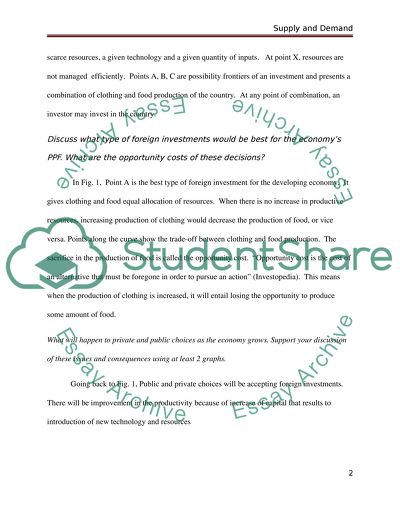Cite this document
(“PPF CURVE AND FOREIGN INVESTING/SUPPLY AND DEMAND FOR COFFEE/SUPPLY Coursework”, n.d.)
Retrieved from https://studentshare.org/macro-microeconomics/1430907-ppf-curve-and-foreign-investing-supply-and-demand
Retrieved from https://studentshare.org/macro-microeconomics/1430907-ppf-curve-and-foreign-investing-supply-and-demand
(PPF CURVE AND FOREIGN INVESTING/SUPPLY AND DEMAND FOR COFFEE/SUPPLY Coursework)
https://studentshare.org/macro-microeconomics/1430907-ppf-curve-and-foreign-investing-supply-and-demand.
https://studentshare.org/macro-microeconomics/1430907-ppf-curve-and-foreign-investing-supply-and-demand.
“PPF CURVE AND FOREIGN INVESTING/SUPPLY AND DEMAND FOR COFFEE/SUPPLY Coursework”, n.d. https://studentshare.org/macro-microeconomics/1430907-ppf-curve-and-foreign-investing-supply-and-demand.


